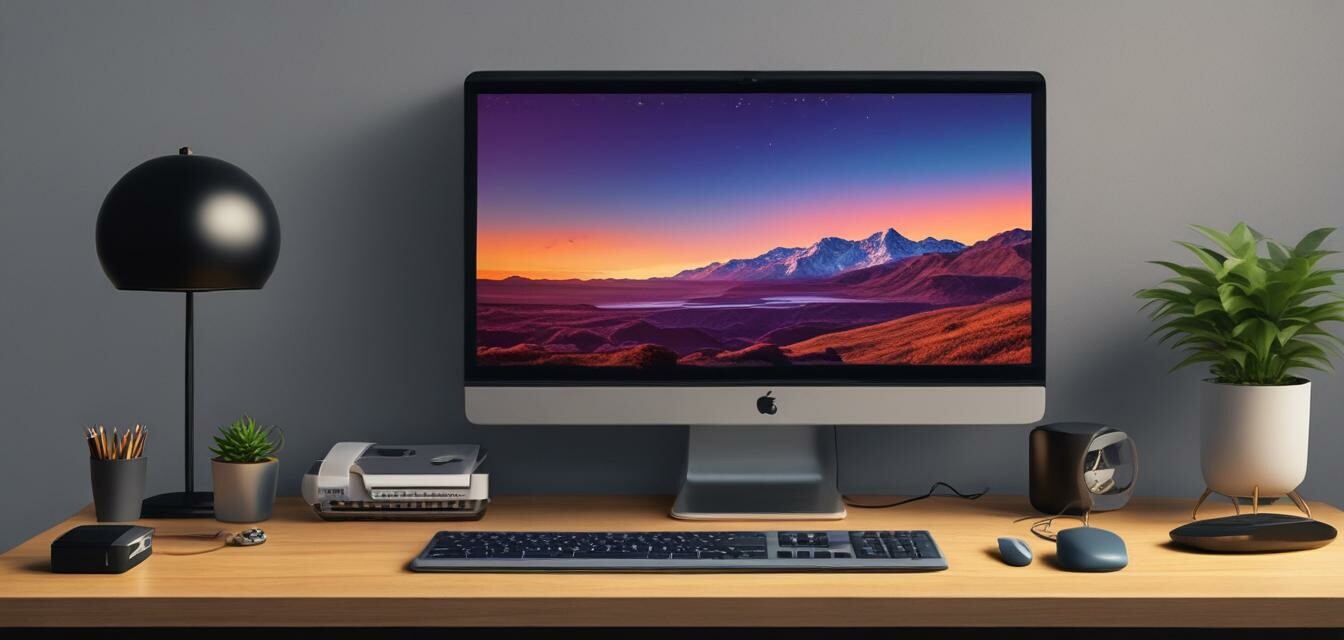
How to choose the right home office internet setup
- Assess your internet speed needs based on your work requirements.
- Choose the right equipment for optimal performance.
- Consider both wired and wireless options for flexibility.
- Invest in network security devices for enhanced protection.
- Regularly review your plan to ensure it meets your needs.
In today's digital world, having the right internet setup for your home office is crucial for productivity and efficiency. Whether you're a freelancer, remote employee, or running a small business from home, the choice of internet plan and equipment can significantly affect your daily tasks. This guide will help you select the ideal internet plan and equipment for enhancing productivity in a home office.
Understanding your internet needs
Before diving into plans and equipment, it's essential to understand your specific internet needs. Different tasks require different speeds and data allowances. Here’s a simple way to assess your needs:
| Task | Recommended Speed | Notes |
|---|---|---|
| Browsing and email | 1-5 Mbps | Basic tasks require minimal speed. |
| Video conferencing | 3-10 Mbps | Stable connection is needed for quality calls. |
| Streaming | 5-25 Mbps | Higher speeds for HD content. |
| Large file uploads/downloads | 10-50 Mbps | Requires higher speeds for efficiency. |
Types of internet plans available
When selecting an internet plan, you typically have several options to consider:
- Cable internet: Generally offers high speeds and a reliable connection, suitable for most home office needs.
- Fiber optics: Known for extremely high speeds and reliability, making it great for heavy data users.
- DSL: Slower than cable and fiber, but often more affordable; suitable for light users.
- Satellite internet: A good option in rural areas, though it can be slower and face higher latency.
Comparing options can be challenging, but it’s essential for finding the best fit. For a deeper dive into different providers and their performance, check out our ISP reviews and comparisons.
Choosing the right equipment
Once you have figured out the type of plan that suits your needs, it’s time to consider the equipment. Here’s what you should look for:
Routers
Your router acts as the central hub for connecting devices in your home office. Here are a few features to consider:
- Dual-band technology: This allows for both 2.4GHz and 5GHz connections, providing flexibility based on your needs.
- Quality of Service (QoS): This ensures that bandwidth is prioritized for video conferencing or important online tasks.
- Coverage area: Consider the size of your home office. A router with good range can eliminate dead spots.
Modems
A modem connects your home network to the internet. Some ISPs provide modems, but purchasing your own can save you rental fees. Look for:
- Compatibility with your chosen plan
- DOCSIS 3.0 or better for cable internet
You might also find that combining a modem with a router (a gateway device) works for your setup. Explore our section on modems and gateway devices for comprehensive options.
Network security devices
In today's world, security is paramount. Investing in a security device can protect your network from threats. Important features include:
- Firewall protection
- Intrusion detection
- Regular updates and patches
For more on how to enhance your network's security, visit our network security devices section.
Wired vs. wireless connections
Deciding between a wired or wireless connection can significantly affect your setup. Here’s a comparison:
| Feature | Wired Connection | Wireless Connection |
|---|---|---|
| Speed | Typically faster and more stable | Varies depending on distance from the router |
| Mobility | Limited to desk location | Access from anywhere within range |
| Setup | Requires more cabling | Easy setup without installation of cables |
| Interference | Minimal interference | Can be affected by walls and other devices |
Regularly review your setup
It’s essential to periodically assess your internet plan and equipment. As your needs change, your setup may need adjustments. Consider the following:
- Is your internet speed still sufficient?
- Have there been improvements in available technology?
- Review your equipment for any performance issues or necessary updates.
As plans and technology evolve, be sure to stay informed. Our detailed latest news and trends can keep you updated on what’s happening in the world of internet and broadband.
Conclusion
Choosing the right home office internet setup is all about understanding your specific needs and selecting the right equipment to match. Assess your usage patterns, choose the best plan, invest in quality equipment, and consider security as essential components of your internet strategy. With thoughtful planning and the right tools, you can create an efficient and productive home office environment.
Tips for setting up your home office internet
- Place your router in a central location for optimal coverage.
- Use Ethernet cables for critical devices to ensure stable connections.
- Keep your software updated to avoid security vulnerabilities.
- Regularly test your internet speed to ensure you are receiving what you pay for.
